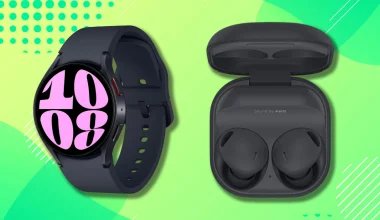Understanding the Basics of Cloud Computing Services
Introduction:
As we continue to move towards a more digitally-driven world, the need for better management and storage of data has increased exponentially. This has led to the rise of cloud computing, which offers on-demand access to various IT resources over the internet. In this blog post, we will delve deeper into the basics of cloud computing services and see why they have become indispensable to individuals and businesses alike.
Cloud computing offers several advantages such as scalability, cost efficiency, accessibility, high reliability, strong security, and access to cutting-edge tools. By using cloud services, organizations no longer need to invest in infrastructure and hardware, which can be very expensive to acquire, maintain, and upgrade. Instead, they can access services and storage through scalable and cost-effective models, allowing them to save money and become more competitive.
There are three primary cloud service models that organizations can choose from, depending on their needs. The Infrastructure as a Service (IaaS) model gives access to virtualized computing resources such as servers and storage. This model is ideal for organizations that need more control over their environment and require flexibility for unexpected demands or traffic spikes.
Platform as a Service (PaaS) cloud service, on the other hand, provides a platform and environment for developing, testing, and deploying applications. With PaaS, businesses can focus on developing and deploying applications quickly and efficiently without worrying about the underlying infrastructure. This model is ideal for organizations that don’t want to worry about the infrastructure and need the flexibility to develop applications quickly.
Software as a Service (SaaS) is a cloud computing service model that provides ready-to-use software applications accessible over the internet. This model is ideal for organizations that don’t want to install, maintain, or upgrade software applications. SaaS typically has a pay-as-you-go pricing model, which makes it cheaper and more accessible than traditional software.
Cloud computing services are offered by different providers such as Amazon Web Services (AWS), Microsoft Azure, Google Cloud Platform, and many others. Businesses can choose a provider based on their specific needs, compatibility, and security, among other factors.
Conclusion:
Cloud computing is revolutionizing how businesses operate by providing scalable, cost-efficient, and accessible IT infrastructure. Organizations can choose from three primary cloud service models: Infrastructure as a Service (IaaS), Platform as a Service (PaaS), and Software as a Service (SaaS), depending on their needs. By using cloud services, companies can save money and focus on their core business areas. It’s clear that cloud computing services have become indispensable in modern-day IT infrastructure.
Wait for approval code to Appear





